Blog
Social PPM

Enhancing your collaborative platform for an evolving project workforce
Social media can be a huge asset to project management organizations. Open collaboration and concentrating project information in a single interface improves productivity, decreases costs and cuts down on errors. And, by creating closed communities accessible only by project teams, companies secure proprietary information and prevent stakeholders (customers, partners, vendors) from seeing and hearing things they shouldn’t, thus maintaining information security.
Nevertheless, some organizations are not ready or culturally geared to integrate social media into their project management infrastructures. This white paper will discuss how organizations can adapt the beneficial elements of social networking into powerful project portfolio management tools. It will detail the goals of a social media strategy: open networks, strong work groups, shared business information, and better collaboration, productivity, and transparency.
Evolution of the Information Worker
Over the past 15 years the information worker has evolved from a person chained to their desk acting on mission critical information accessible only from their desktop PC, to a mobile worker accessing information from multiple devices on the go. This has led to a more demanding work environment where both information workers and the stakeholders they work for have increased expectations for the response time to bottlenecks and making strategic decisions.
At the heart of this lies an evolving project workforce. Smart phones and readily accessible web tools have transformed the way they interact with information and colleagues. Today’s project workforce can no longer use the excuse of limited access to data, or the amount of effort required to prepare for customers in the pre-internet age. With instant access to information, enhanced productivity tools and mobile communications; the project workforce are expected to quickly respond to their stakeholders. And with the addition of social media tools, they are now empowered to better access and filter through immense amounts of data and improve their ability to deliver on new expectations.
Simply said, this generation of workers no longer separates the use of technology in their personal lives from that of their professional activities. The habitual use of social media tools has become second nature in human interaction whether it is for mundane communication or collaborating on strategic decisions that can impact an entire business. It’s no surprise then that businesses now heavily invest both effort and money in strategically leveraging the disruptive technologies offered by social media.
Social Media in the Workplace
It is important to point out that although social media is broad in its application, the technologies themselves are quite basic when it comes to delivering a web platform that connects similar groups of interest. The challenge businesses face is defining the best strategy and tool sets that will positively impact their workforce. For businesses, this means a social media strategy that will enhance the collaboration among stakeholders that are both internal and external to the organization. Unlike traditional social media tools that encourage the growth of professional and personal networks, as well as the freedom of ideas; social media within a business context demands a more disciplined approach to enhancing the existing collaboration platform by leveraging existing social interfaces that are growing in their usage and adoption. So, businesses should take care to adopt the right tools and set the necessary guidelines of use in order to effectively benefit from social media. Benefits that include improving the sharing of information, increasing productivity, strengthening communication, and delivering better collaboration.
Social PPM: Where do you draw the line?
The biggest challenge project-centric environments face is how to develop and integrate a social media strategy that is in line with their current processes. Depending on an organization’s maturity level in establishing a collaboration platform, governance framework and knowledge management strategy, social media tools can pose various levels of benefit and danger. Understanding the intent of the various tools will determine what strategy to take or if a social media strategy even makes sense altogether in your organization. As a result, social media needs to be carefully defined and assessed to truly benefit from enhanced collaboration in a project-centric environment.
At the end of the day, social media for PPM must enhance collaboration. It is about improving the user experience of collaboration without compromising the integrity of the data being shared.
Are you ready to get Social?
If not applied in the right manner, social media can be detrimental to your projects and the stakeholders and teams that use the tools. These tools introduce a level of transparency and unstructured elements that can be dangerous if they do not fit with your existing business culture.
To avoid falling into these traps, the following questions can assist you in gauging your readiness for Social PPM:





























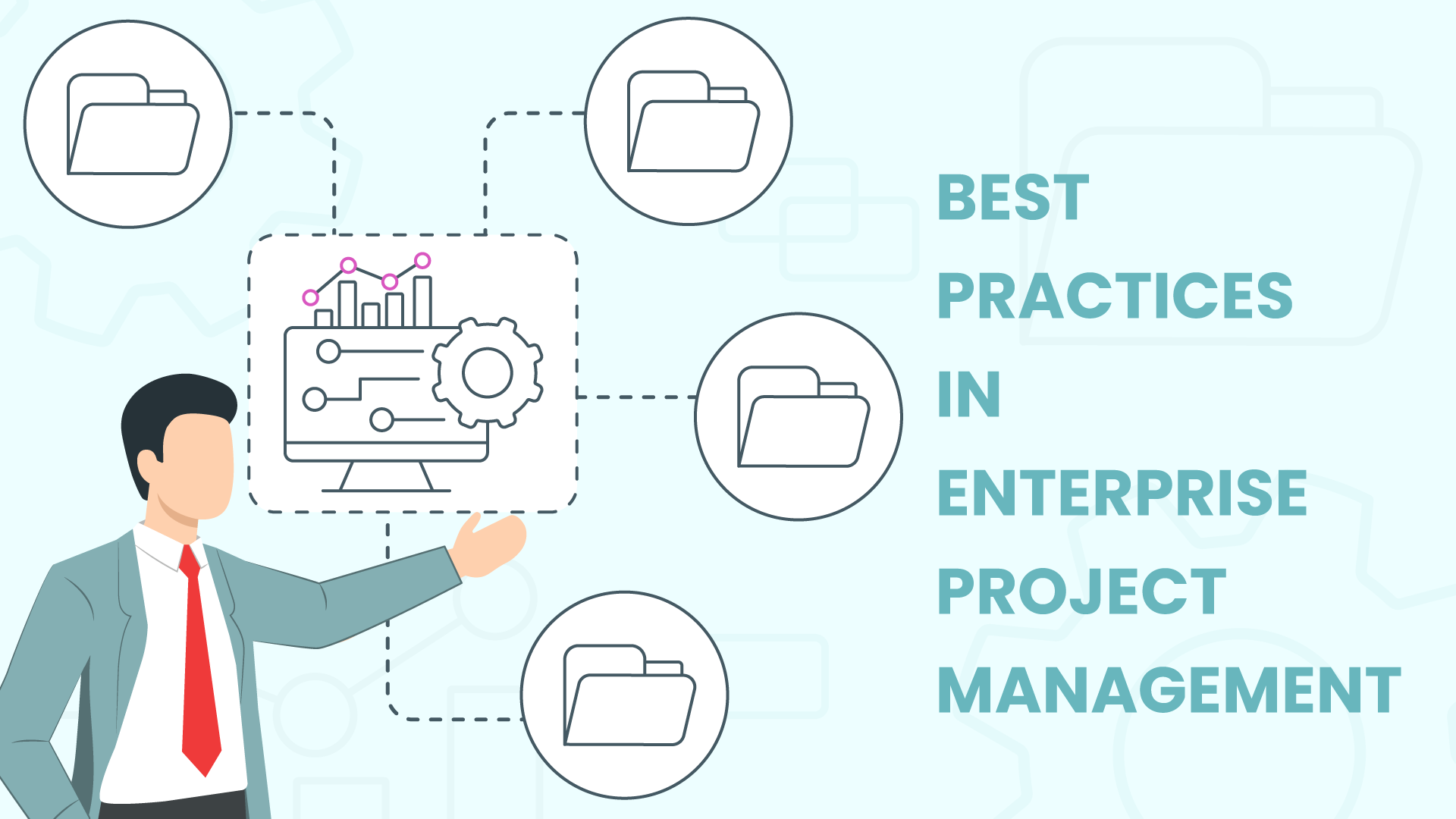
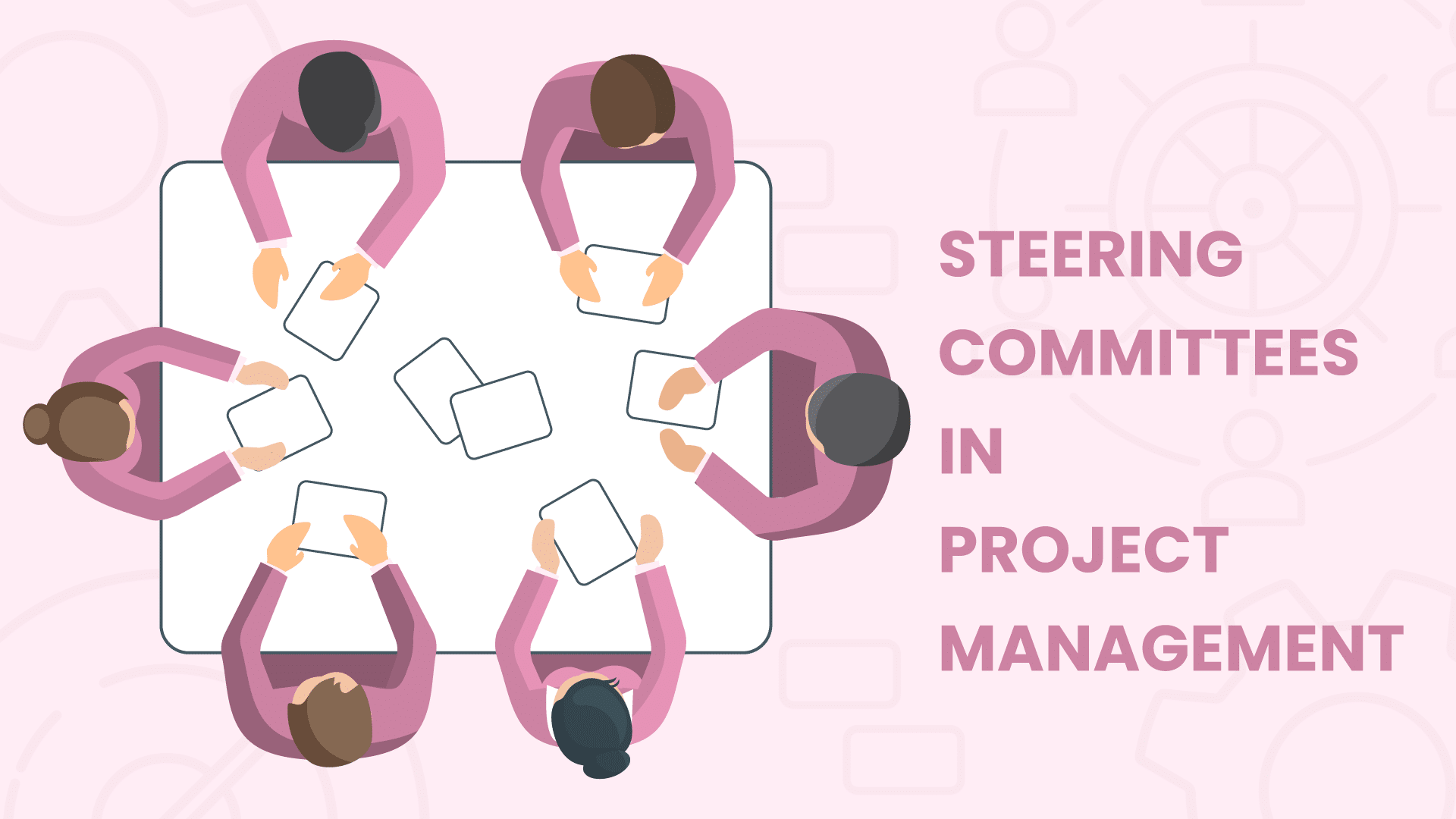





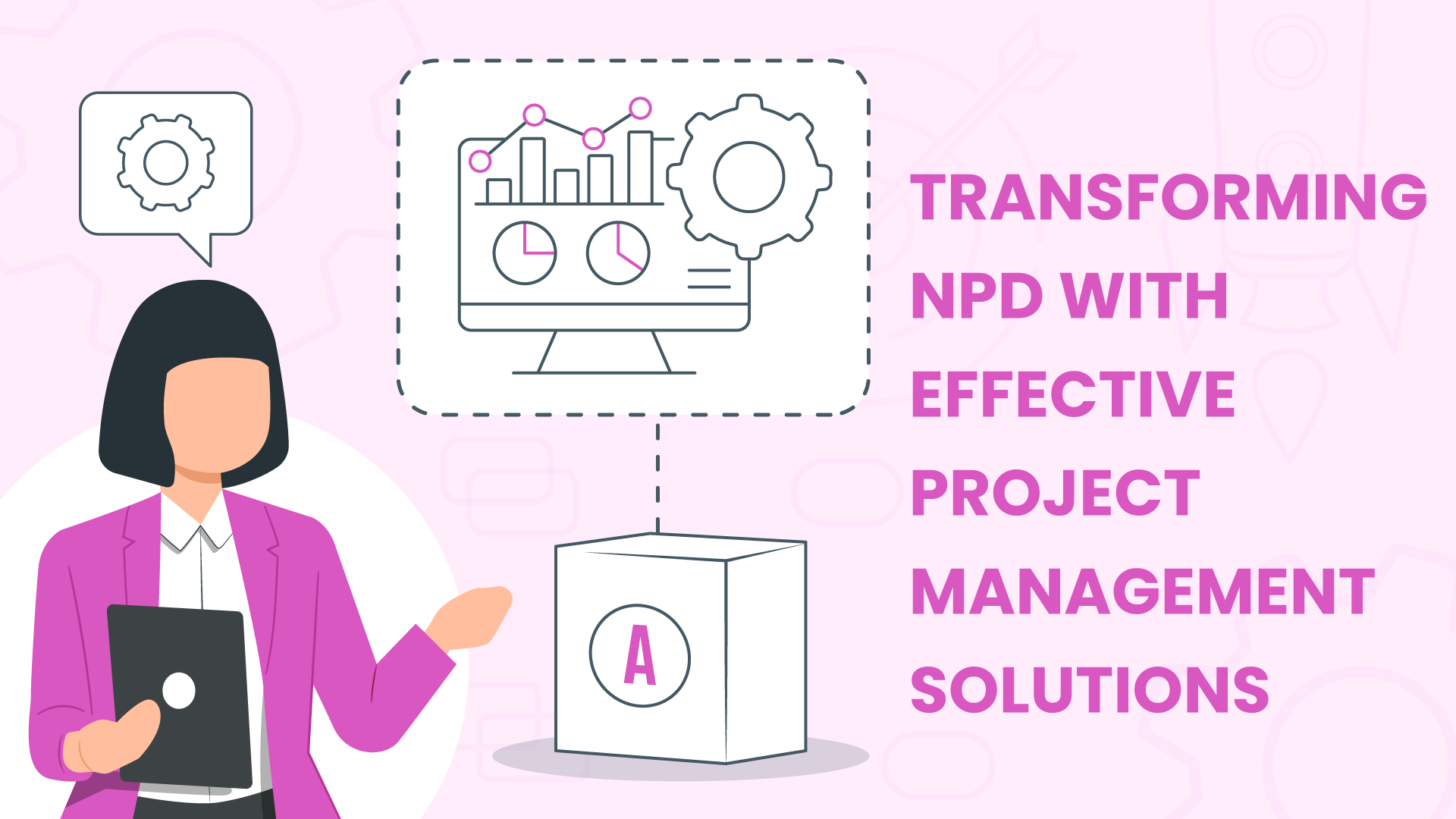




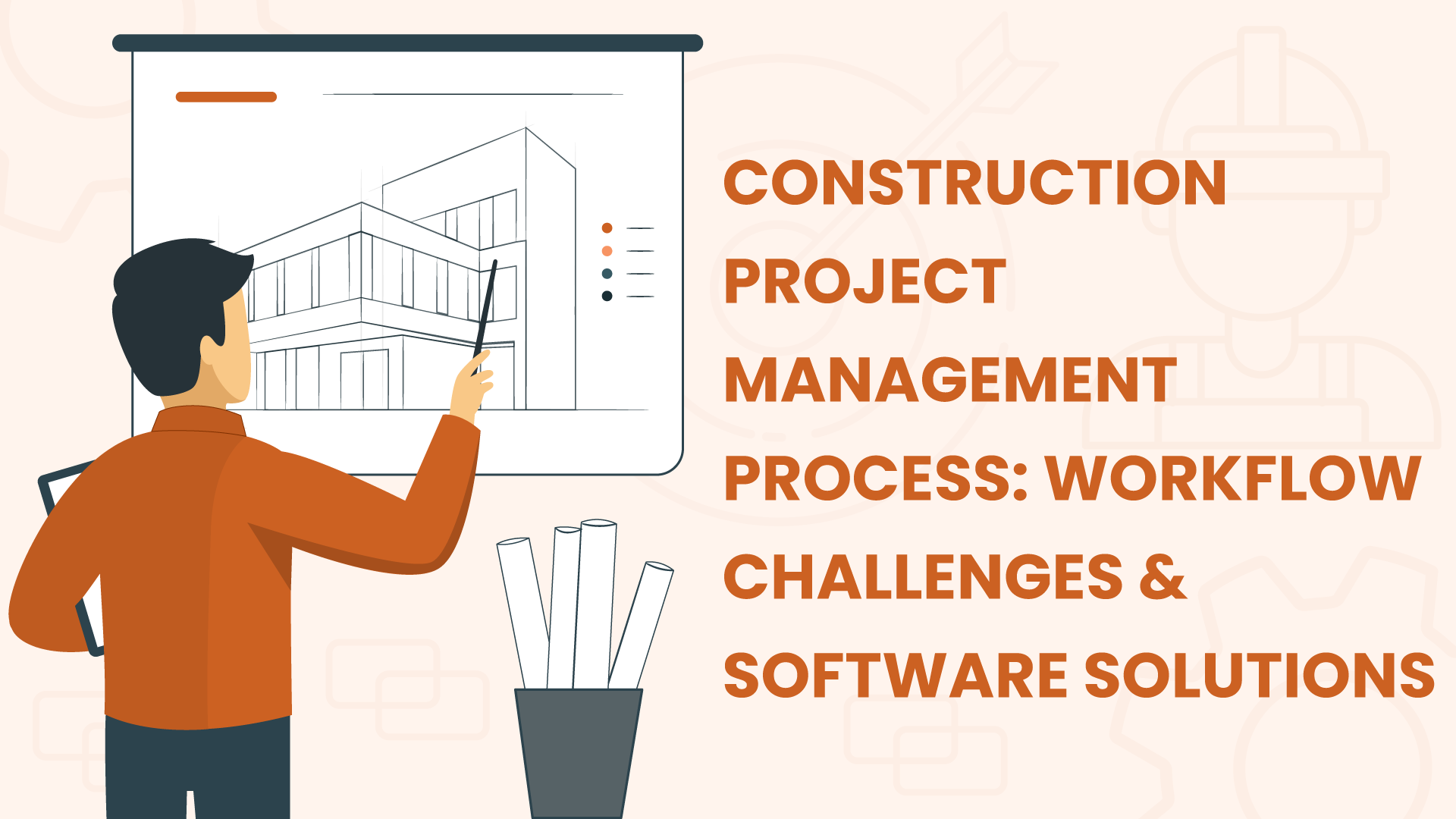

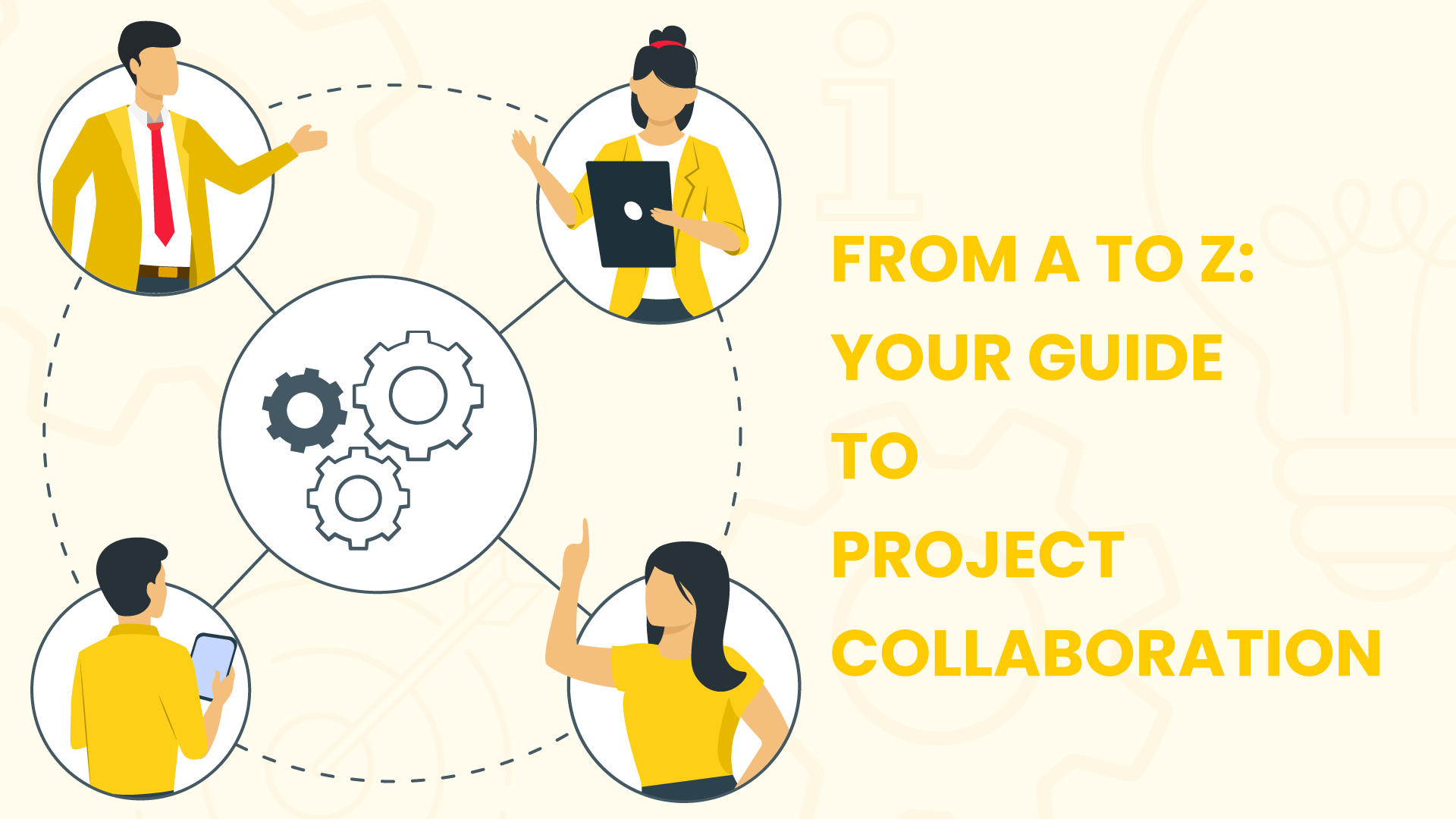


























 Task Management
Task Management 

















 Customization
Customization
